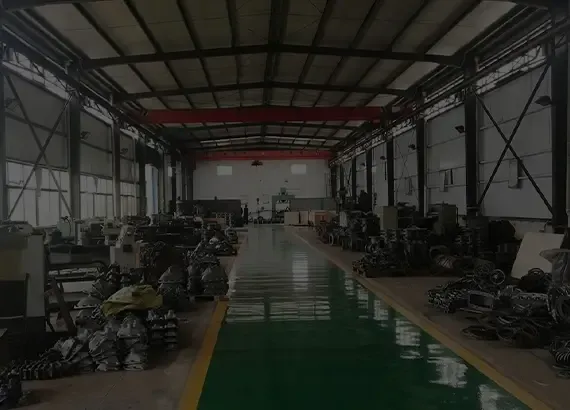10 月 . 18, 2024 13:19 Back to list
Knife Gate Valve Pricing and Cost Factors for Industry Applications
Understanding Knife Gate Valve Prices Key Factors and Market Insights
Knife gate valves are essential components in many industrial applications, particularly in the handling of thick or viscous fluids, slurries, and dry bulk materials. These valves provide a reliable, cost-effective solution for isolating and controlling flow, making them a popular choice in sectors such as wastewater treatment, mining, and pulp and paper manufacturing. However, the pricing of knife gate valves can vary significantly depending on several factors.
One of the primary determinants of knife gate valve pricing is the material used in manufacturing. Common materials include cast iron, stainless steel, and carbon steel. For instance, while a cast iron valve may be less expensive up front, a stainless steel option is often more durable and resistant to corrosion. This means that while the initial cost of stainless steel valves may be higher, their longevity and reduced maintenance costs can offer greater value over time.
The size and pressure rating of the valve greatly influence its price. Larger valves or those designed to withstand higher pressures tend to be more costly due to the increased material and engineering requirements. Additionally, specialized sizes that are not commonly found on the market may require custom manufacturing, further driving up costs.
knife gate valve price

Another critical factor in pricing is the level of automation and technology incorporated into the valve. Manual knife gate valves are generally less expensive than their automated counterparts, which may include features like electric actuators, limit switches, and control systems. The added convenience and efficiency of automated systems often justify the higher price tag for many industries.
Market demand and supplier pricing strategies also play a significant role in determining knife gate valve prices
. In times of economic growth, the demand for industrial equipment may surge, leading to higher prices. Conversely, during economic downturns, prices may stabilize or even drop as competition among suppliers increases. It is crucial for buyers to monitor market trends and seek quotes from multiple suppliers to find the best deals.Additionally, geographical location can affect pricing. Import tariffs, shipping costs, and local market conditions can all result in price variations. Buyers may find that sourcing valves from local manufacturers could lead to lower costs than importing similar products from overseas.
In conclusion, when assessing knife gate valve prices, it is essential to consider the material, size, pressure rating, level of automation, market conditions, and geographical factors. By understanding these elements, buyers can make informed decisions that not only fit their budget but also meet their operational requirements. As industries continue to evolve, keeping an eye on these factors will help ensure that organizations can procure the best valves for their needs at competitive prices.
Share
-
Understanding the Differences Between Wafer Type Butterfly Valve and Lugged Butterfly ValveNewsOct.25,2024
-
The Efficiency of Wafer Type Butterfly Valve and Lugged Butterfly ValveNewsOct.25,2024
-
The Ultimate Guide to Industrial Swing Check Valve: Performance, Installation, and MaintenanceNewsOct.25,2024
-
Superior Performance with Industrial Swing Check Valve: The Essential Valve for Any SystemNewsOct.25,2024
-
Industrial Swing Check Valve: The Ideal Solution for Flow ControlNewsOct.25,2024
-
You Need to Know About Industrial Swing Check Valve: Functionality, Scope, and PerformanceNewsOct.25,2024